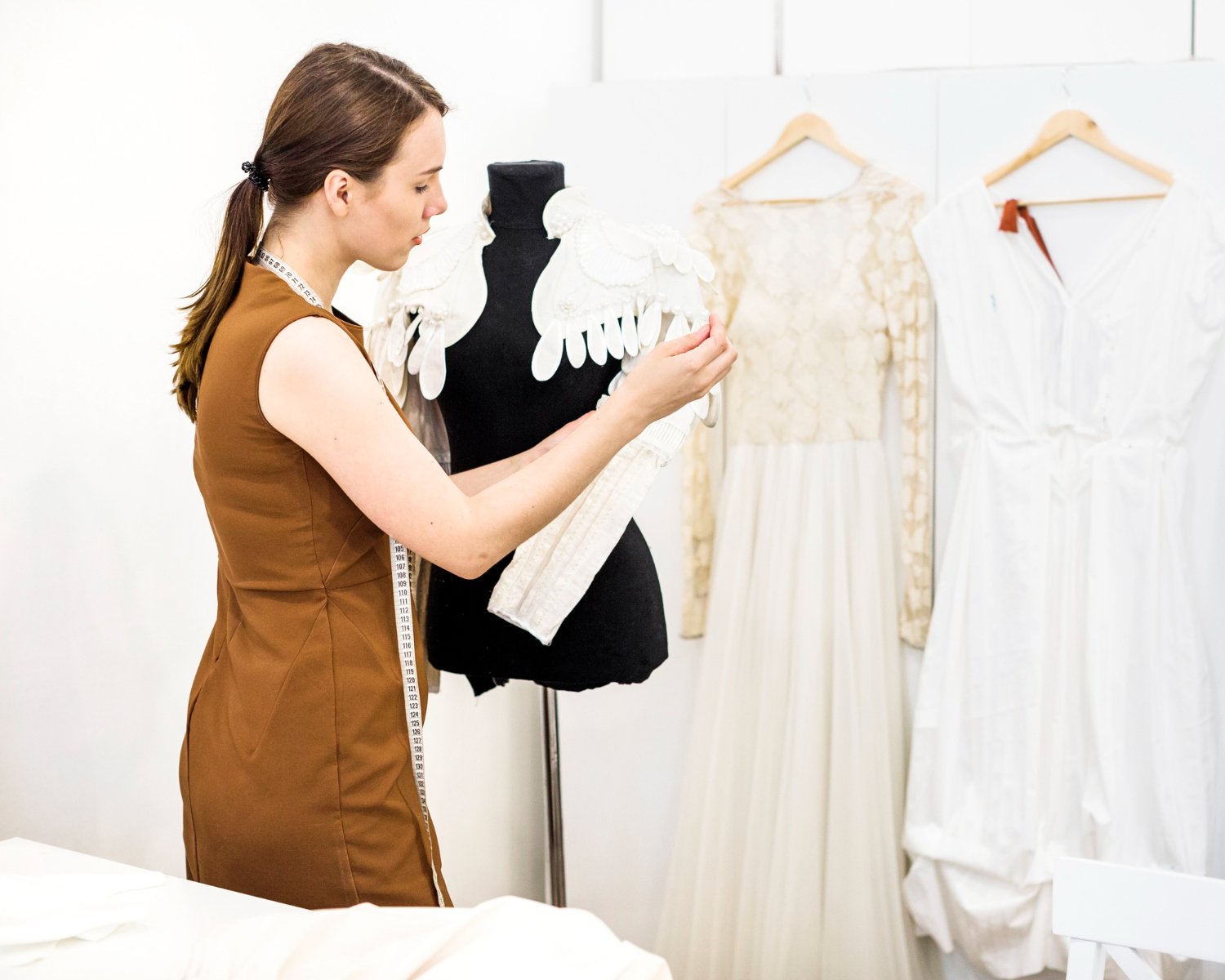
How to Become A Fashion Stylist?
How to Become A Fashion Stylist? Becoming a fashion stylist is a dream career for many who have a passion for fashion and a keen eye for trends. This exciting profession allows you to work with diverse clients, from celebrities to everyday individuals, helping them look their best. If you’re wondering how to embark on this glamorous journey, here’s a comprehensive guide to becoming a fashion stylist.
What is a Fashion Stylist?
A fashion stylist is a professional who selects clothing and accessories for clients, ensuring they look stylish and appropriate for various occasions. Stylists work in various settings, including fashion magazines, advertising campaigns, film and TV productions, and personal styling for private clients.
Skills Required to Become a Fashion Stylist
Fashion Knowledge
How to Become A Fashion Stylist: Understanding the history of fashion, current trends, and future forecasts is crucial. You need to stay updated with fashion shows, designer collections, and industry news.
Creativity
A fashion stylist must have a creative flair to mix and match outfits, accessories, and styles that reflect a client’s personality and the occasion’s requirements.
Communication Skills
Effective communication is essential for understanding clients’ needs and conveying your vision. You must articulate your ideas clearly and confidently.
Organization and Time Management
Managing multiple clients and deadlines requires excellent organizational skills and the ability to prioritize tasks efficiently.
Attention to Detail
A keen eye for detail ensures that every aspect of an outfit is perfect, from the fit of the clothing to the choice of accessories.
Steps to Becoming a Fashion Stylist
Step 1: Get Educated
How to Become A Fashion Stylist: While formal education is not always necessary, it can provide a solid foundation. Consider pursuing a degree in fashion design, fashion merchandising, or a related field. These programs offer courses in fashion history, textiles, and styling techniques, which are invaluable for a stylist.
Step 2: Gain Experience
Internships
Internships with established stylists, fashion magazines, or fashion houses can provide hands-on experience and industry connections.
Part-Time Jobs
Working in retail or as a wardrobe assistant can help you understand the practical aspects of fashion styling, such as fitting and merchandising.
Step 3: Build a Portfolio
Your portfolio showcases your styling abilities and creativity. It should include high-quality photos of your work, ranging from fashion shoots to personal styling projects. Collaborate with photographers, models, and makeup artists to create a diverse portfolio.
Step 4: Network
Networking is crucial in the fashion industry. Attend fashion shows, industry events, and parties to meet potential clients and collaborators. Joining professional organizations, such as the Fashion Stylists Association, can also provide networking opportunities.
Step 5: Stay Updated
Fashion is an ever-evolving industry. Subscribe to fashion magazines, follow influential designers and stylists on social media, and regularly attend fashion shows to stay abreast of the latest trends.
Step 6: Start Your Own Business
Once you have sufficient experience and a strong portfolio, consider starting your own styling business. Create a professional website, utilize social media for marketing, and offer your services to a diverse clientele.
Career Opportunities for Fashion Stylists
Personal Stylist
How to Become A Fashion Stylist: Personal stylists work with individual clients to enhance their personal style, often providing wardrobe makeovers and shopping assistance.
Editorial Stylist
Editorial stylists work with fashion magazines and online publications, creating visually appealing fashion spreads.
Celebrity Stylist
Celebrity stylists dress celebrities for red carpet events, photo shoots, and other public appearances, ensuring they look their best.
Commercial Stylist
Commercial stylists work on advertising campaigns, selecting outfits that reflect the brand’s image and appeal to the target audience.
Fashion Consultant
Fashion consultants advise brands and designers on the latest trends, helping them create collections that resonate with consumers.
Challenges Faced by Fashion Stylists
High Competition
The fashion industry is highly competitive, with many aspiring stylists vying for the same opportunities. Building a strong reputation and network is essential.
Long Hours
Fashion stylists often work long hours, especially during fashion weeks or when preparing for significant events.
Client Expectations
Meeting clients’ expectations can be challenging, requiring excellent communication and adaptability.
Tips for Aspiring Fashion Stylists
Develop a Unique Style
How to Become A Fashion Stylist: Creating a signature style that sets you apart from other stylists can help you attract clients and build a distinct brand.
Continuously Learn
Fashion is always changing, so continue learning and experimenting with new styles and techniques.
Be Professional
Maintain professionalism in all interactions, whether with clients, photographers, or other industry professionals.
Seek Mentorship
Finding a mentor in the fashion industry can provide guidance, advice, and valuable insights.
Utilize Social Media
Social media platforms like Instagram and Pinterest are powerful tools for showcasing your work and attracting clients.
Conclusion: How to Become A Fashion Stylist?
How to Become A Fashion Stylist? Becoming a fashion stylist is a rewarding and dynamic career choice for those with a passion for fashion and creativity. By gaining education, experience, and building a strong portfolio, you can establish yourself in this competitive industry. Remember to stay updated with the latest trends, network with industry professionals, and continuously develop your unique style. With dedication and perseverance, you can turn your dream of becoming a fashion stylist into a reality.
Frequently Asked Questions
Q:1 Do I need a degree to become a fashion stylist?
A:1 While a degree is not mandatory, it can provide valuable knowledge and skills. Practical experience and a strong portfolio are often more important.
Q:2 How much do fashion stylists earn?
A:2 Earnings vary widely based on experience, location, and clientele. Entry-level stylists may earn less, while established stylists can command high fees.
Q:3 Can I become a fashion stylist without experience?
A:3 Gaining some experience through internships or part-time jobs is crucial. Building a portfolio and networking can help you break into the industry.
Q:4 How do I find clients as a new fashion stylist?
A:4 Networking, social media, and attending industry events are effective ways to find clients. Offering your services to friends and family can also help build your reputation.
Q:5 What is the most important skill for a fashion stylist?
A:5 Creativity and an eye for detail are essential. Being able to understand and articulate your client’s vision is also crucial.
See More










